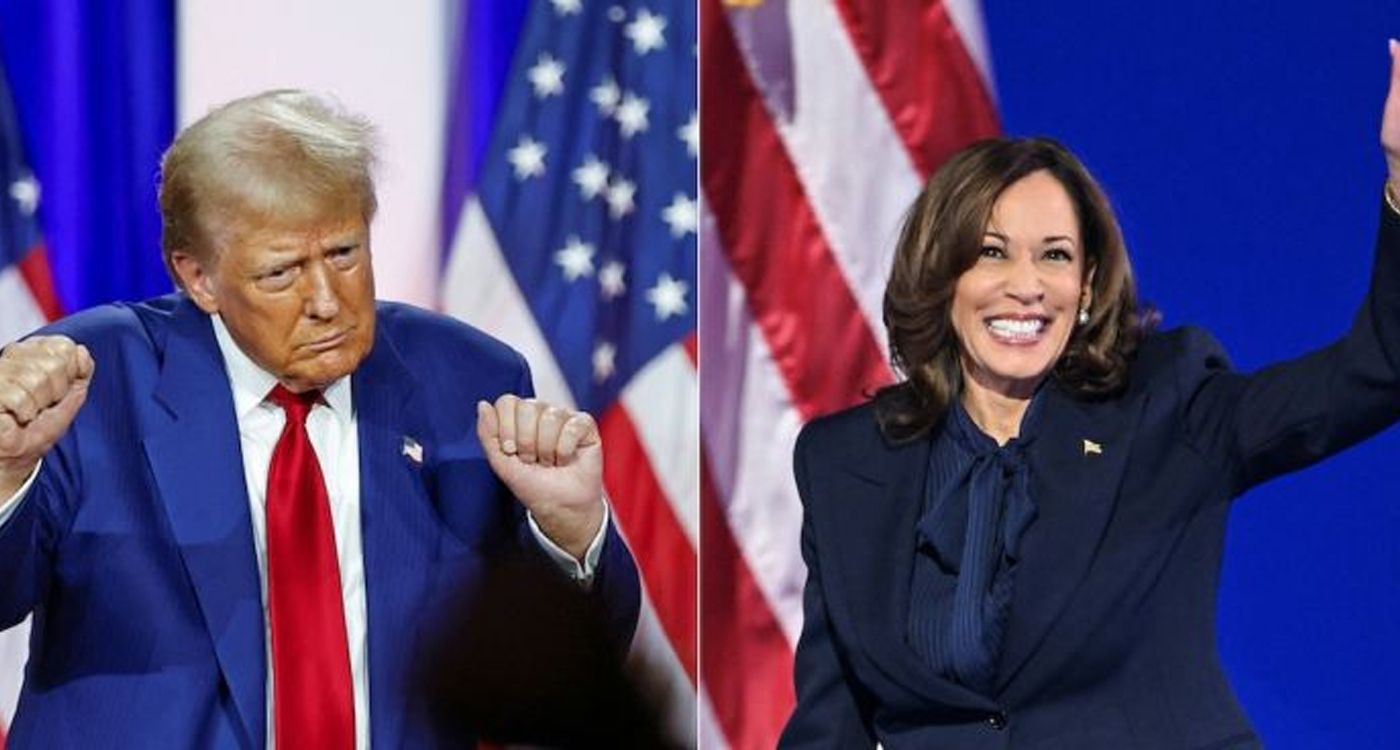
The US elections extend beyond domestic concerns; their impact resonates worldwide due to the United States' power, wealth, and influence. With a gross domestic product approaching $28.8 trillion, the US is at the heart of global information, capital, goods, and services flows. Therefore, understanding the potential ramifications of the elections on the global economy is essential, especially as both major candidates propose distinct economic agendas.
What Do We Know About the Economic Program of Donald Trump?
Trump's economic program embodies a vision centered on stimulating growth through tax reductions and promoting domestic industries, firmly rooted in traditional Republican policies. His agenda seeks to:
- Lower taxes for high-income individuals and large corporations.
- Extend the Tax Cuts and Jobs Act (TCJA) of 2017, which is set to expire at the end of 2025.
- Implement additional reductions in corporate tax rates.
- Uphold “America First” policies that bolster domestic industries.
- Eliminate taxes on Social Security income.
- Exempt overtime work hours from taxation.
- Reduce costs associated with the food sector.
- Commit to boost US oil production.
- Impose restrictions on agricultural imports.
- Reduce energy bills by half within the first year in office.
- Bring industries back to the US to lower production costs.
- Implement Customs tariffs on foreign imports to support American industries and lessen dependence on global trade.
- Raise Customs tariffs on all imports by 10% to 20%, depending on the product type.
- Increase Customs tariffs on Chinese imports to 60%.
- Raise Customs tariffs on vehicles manufactured in Mexico to 200%.
The stated goal of Trump’s policies is to leverage Customs tariffs to increase revenue and use these measures as pressure points against various countries, particularly China, while encouraging companies to bring their production centers back to the United States. According to a study published in 2019 in the Journal of Economic Perspectives, tariffs cost American consumers approximately $3.2 billion per month in 2018. During a televised debate with his Democratic rival Kamala Harris last September, Trump asserted, “Other countries will finally have to pay us for everything we've done for the world over the past 75 years.” Furthermore, at a campaign rally in Michigan last week, he declared, “In my opinion, tariffs are the most beautiful word.”
However, a report from the Tax Foundation (office for studies) cautioned that the tariffs Trump proposed could negate the benefits of his tax cuts without compensating for losses in tax revenue. An analysis by Oxford Economics indicated that such policies could lead to an inflation increase of 0.6% or more. Despite this, Trump insists that his prior tax increases did not affect inflation and has vowed to eliminate it entirely.
In contrast, during his most recent debate, the Republican candidate claimed that Kamala Harris lacks an economic plan and has merely copied President Joe Biden's agenda, labeling her as “Marxist.” In response, Harris contended that Trump's economic proposals would boost the US budget deficit, while her own plans aim to strengthen the American economy.
What Do We Know About Kamala Harris' Economic Program, Then?
Kamala Harris' program focuses on addressing economic and social disparities through increased public spending and strengthened social protections. What specific proposals has she put forward?
- Focusing on increasing social spending.
- Enhancing investing in infrastructure.
- Enhancing investing in healthcare.
- Broadening the Child Tax Credit and increasing education funding to reduce social disparities and strengthen the middle class.
- Maintaining tax rates on wages for individuals earning under $400,000 while increasing taxes on high-income earners, potentially generating an additional $4.3 trillion in revenue.
- Further supporting education to reduce social disparities and strengthen assistance for the middle class.
- Advocating for an increase in the corporate tax rate from 21% to 28%.
- Reviving the expanded child tax credit established by the American Rescue Plan of 2021, which was enacted by the Democrats but has since lapsed. This credit allows taxpayers to receive a refund based on the number of qualifying children they support.
- Enacting federal legislation to prohibit price gouging on food and groceries.
- Providing up to $25,000 in down payment assistance for first-time homebuyers.
- Introducing tax incentives for contractors building primary residences.
- Establishing a $40 billion innovation fund to foster advancements in housing construction.
- Capping annual out-of-pocket expenses for prescription medications at $2,000 for all Americans.
- Increasing insurance subsidies and accelerating negotiations on drug prices within healthcare programs.
- Both Harris and Trump propose eliminating federal taxes on gratuities.
- Committing to support the clean energy sector.
- Implementing strategies to make prescription medications more affordable.
- Implementing plans to raise taxes on corporations and high-income individuals, potentially generating approximately $4.3 trillion in additional revenue.
The economic plan of US Vice President and Democratic candidate Kamala Harris focuses on reducing costs and enhancing economic opportunities for middle- and low-income Americans through measures that include tax exemption. Estimates from the Congressional Budget Office indicate that Harris' proposals could increase the deficit by $1.7 trillion over the next decade. Her plan necessitates significant government spending to fund social programs and infrastructure, which could lead to a rise in the financial deficit and national debt if not accompanied by policies aimed at boosting revenues. However, according to Harris' campaign, the costs of these programs can be offset by increasing taxes on wealthy Americans and large corporations. Moreover, substantial government interventions in the market, such as imposing restrictions on large companies or changing tax laws, could result in market distortions, potentially reducing economic efficiency and leading to undesirable shifts in resource allocation.

Comments